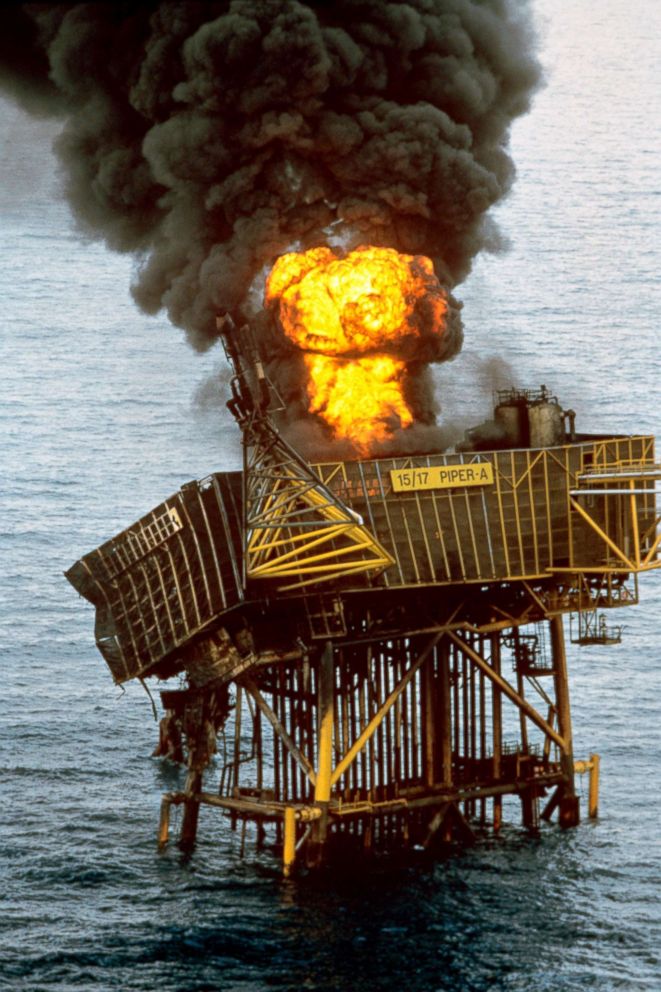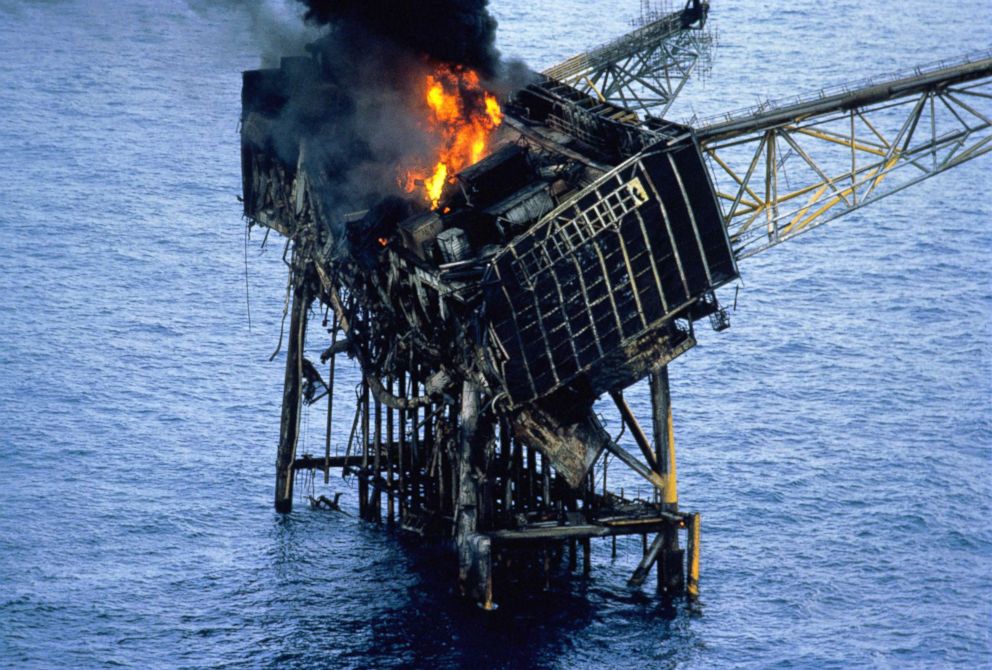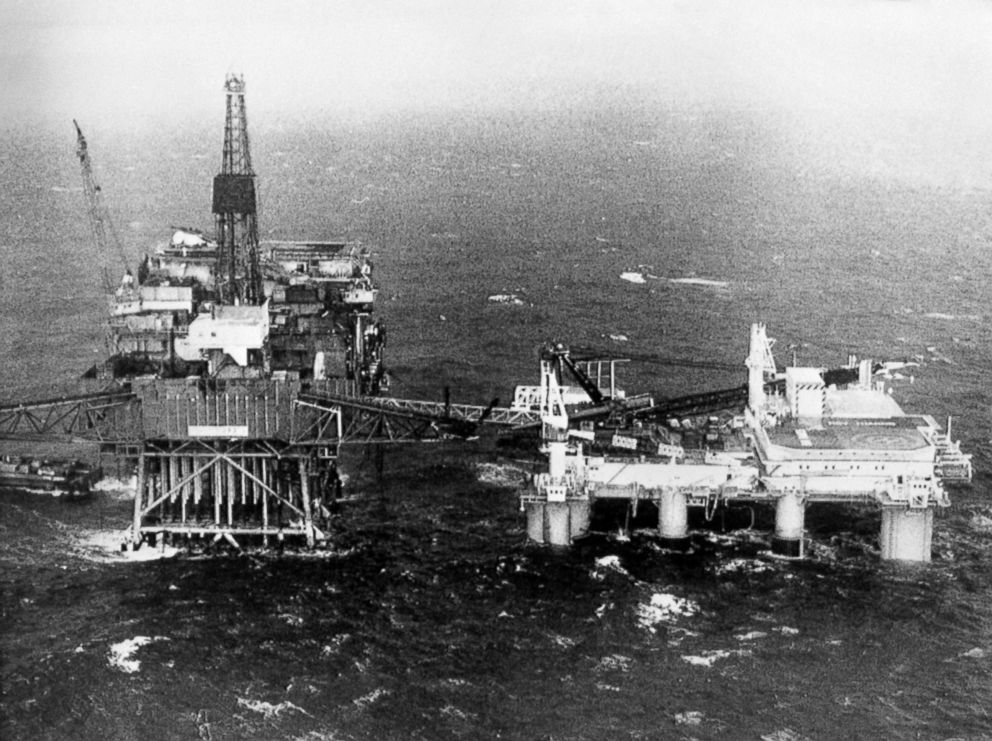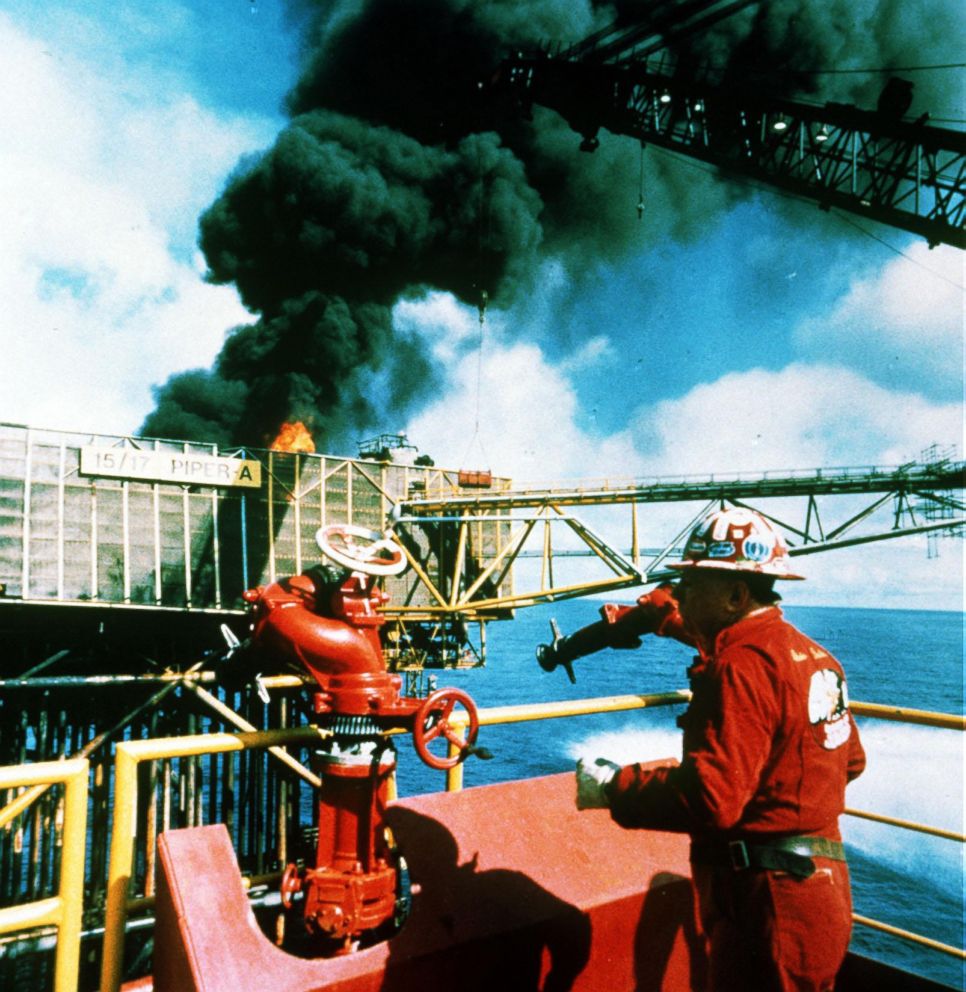30th anniversary of the world's deadliest offshore oil disaster
On July 6, 1988, 167 people died in the Piper Alpha explosion.
The world’s deadliest offshore oil disaster, the Piper Alpha explosion, happened 30 years this week.

One hundred sixty-seven workers perished in the fire that followed an explosion on July 6, 1988, caused by a gas leak on the North Sea oil rig, 120 miles off the northeast coast of Scotland.

The rig was owned by Occidental Petroleum Corporation, an international oil and gas exploration and production company headquartered in Houston, Texas. After burning for six weeks, the fire was put out by Paul Neal ‘Red’ Adair, an experienced oil well fireman.

William Douglas Cullen, Baron Cullen of Whitekirk, led a public inquiry into the disaster. What became known as the Cullen Report was released in two volumes: findings of the investigation and the lessons learned.

After two years of research, Lord Cullen made 106 recommendations in his report, all of which were accepted by the industry, according to Oil & Gas UK, the trade association for the sector.
He recommended industry-specific safety guidelines and created a “goal-setting” atmosphere, where legislators, stakeholders and trade associations work together to mitigate risk. The industry then created Step Change in Safety to refocus efforts on safety and to deliver 50 percent improvement in safety compliance.




